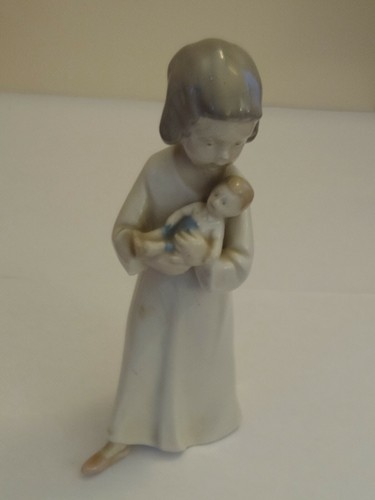

Here are the layer keys that make up the makeshift numpad: I do like the flexibility of a number layer along the QWERT row but also work much more efficiently with a numpad (when working with numbers). The QWERTY row has numbers 1-9 which is fairly standard for compact layouts. Optimized keyboard layouts minimize hand travel and theoretically should reduce your typing errors since you move your hands off of the default position less often – referred to as reducing hand travel. This is similar to Fn keys on laptops or you can think of it as a “shift” key but instead of capital letters being on the shifted layer, you get the blue inputs. To use the same keys to activate the blue legends, you simply tap and hold the Enter key and while it is held down, the keys will respond with the inputs indicated by the blue legends. Here is a quick note on the thought process behind the design:Īfter using optimized / compact keyboards for a while, I have gotten used to using a split spacebar with the left side being the enter key and layer toggle. WTH… Where is the enter key? – A quick explanation for the split spacebar.

It is roughly the same keymap as my 40% keyboards as I have gotten used to it and it works perfectly for my needs. The below image will show the default keymap that I will provide in the Stax KB kit. If your layout uses non-standard modifiers (CTRL, WIN, ALT, Menu, etc) key sizes, it could prove difficult or costly to find a matching set and you may need to end up using blank keys (which can also get quiet expensive).įor my design, I wanted an optimized compact layout with custom layers. By retaining the key sizes from a default 60% layout, you can spare yourself the trouble of finding compatible keys or having to use key legends that don’t match the key stroke. Starting with this 60% layout lets us start with some of the most standard keycap sizes which will become important later on when you purchase / choose your keycap sets (The worst that could happen is if you spend big money on a keycap set that doesn’t fit! Always plan ahead).
#PERFECT LAYERS AND KEYGEN ISO#
For the most flexibility, I started with the 60% Default Layout preset, built into KLE: ISO 60% When brainstorming a layout for Stax KB I wanted a compact layout, similar to HHKB but also with extra hotkeys and arrow keys. Getting Started with Keyboard Layout Editor

Here is a link to KLE for you to follow along: It is also the primary tool for layout and design planning used in my Complete Handwired Keyboard Guide – Stax KB Kits Available (COMING SOON! Please subscribe to my email list for updates 🙂).īefore we dive into the tool, I would highly recommend that you create a GitHub account to save your designs and drafts else, you also have the option of saving custom links for your designs as well although I have found that this is not the most reliable method.Īs a sneak peak to the design creation of Stax KB (COMING SOON), I will be sharing some tips on using KLE and provide a behind-the-scenes look into what goes into creating a keyboard from start to idea to fruition.

#PERFECT LAYERS AND KEYGEN FULL#
It has full customization options and seamless integration with the other applications that are used in creating custom keyboard firmware and parts. Keyboard Layout Editor (KLE) ( developed by Ian Prest and other contributors), is the best starting point for any keyboard layout planning.


 0 kommentar(er)
0 kommentar(er)
